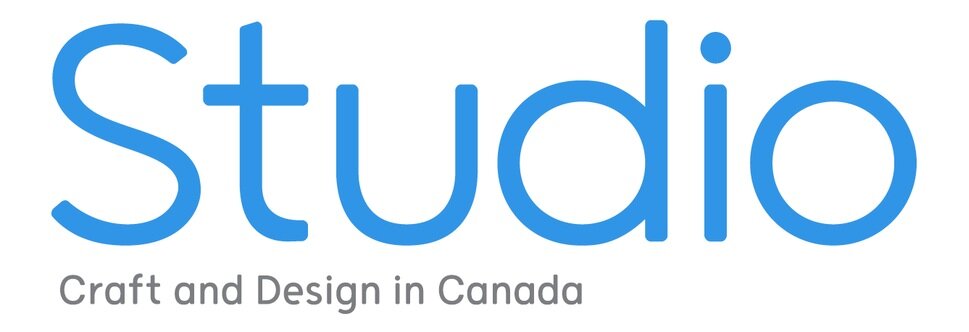ᐄᓃᐤ (ÎNÎW) River Lot 11∞ Edmonton's Indigenous Art Park: A place for inspiration to learn, grow and create
Amy Malbeuf, iskotew, 2018. Painted steel, varied measurements. PHOTO: CONNOR McNALLY. COURTESY OF EDMONTON ARTS COUNCIL
The Indigenous Art Park, located in Edmonton, Alta., pays homage to the stories and the connections of Alberta’s First Peoples and Métis, and their relationship as stewards of the land and waters of Turtle Island. This park compels viewers to acknowledge Alberta (and Canada’s) collective, pre-colonial, horrific history by honoring community, identity and culture through the arts and continued programming engagement initiatives. Art plays a key role in creating symbols that transmute concepts that people relate to, creating a shared sense of identity, this shared identity in turn creates communities, and then societies. The relationships that were fostered within the creation of this park, and up to the current use of the park for celebrations, provides a basis for old and new relationships to gain wiser understandings that reflect a sense of the land and home.
The idea of this park sparked numerous actions from many people over the span of five years that provided a solid foundation that ensured that it would come to life. To understand the history of creation of this park, it is important to acknowledge those who came before us. The idea for the park was initiated by an Edmonton Arts Council Public Art Director, along with City planners; this director left her position a few months later. Dawn Saunders Dahl was hired during this transition, and took the role as Lead Project Officer after developing the Canadian Indigenous Program at The Works Art & Design Festival for the previous three years.
Marianne Nicolson, Preparing to Cross the Sacred River, 2018. River rock and sandblasted slab rock. PHOTO: DERRICK FERRY. COURTESY OF EDMONTON ARTS COUNCIL
During the time of conception for the park, the Truth and Reconciliation Commission of Canada (TRC) held its last event in Edmonton. Serendipitously, Dawn confirmed her Indigenous (Métis/Red River) ancestry and was honored to witness stories shared at the TRC, as well as be the administrator for the development of the Indigenous Art Park. Dawn asked Christine Sokaymoh Frederick to join the project in 2013 as an EAC board representative and Indigenous artist/producer. From Christine’s perspective, it was an imperative to work on this park: to see ourselves in the landscape of our home, where our ancestors' bones rest, where our bloodline births the generations to come, to see ourselves in the shared visions that define our shared identity.
At the time, there were few public artworks, fewer parks with artworks created by Indigenous artists, and even fewer public art projects that included Indigenous consultation from the inception to the permanent installation of the artworks. This was a project that was a first where Indigenous artists, community and non-Indigenous administrators met on a regular basis, and where friendships formed based on new understandings and empathy. A change from the historic and chronic disassociation of Indigenous art from mainstream, government-supported art funding models was happening (please see Primary Colours/Couleurs primaires, a multi-year arts initiative by France Trepanier and Chris Creighton-Kelly). The processes involved in the development stages were inclusive, intuitive and reflecting back, and could be seen as starting to decolonize administrative processes, trusting the guidance of the committee members, staff and artists.
Duane Linklater, Mikikwan, 2018. Concrete. PHOTO: SANDRA CROWFOOT. COURTESY OF EDMONTON ARTS COUNCIL
Extensive effort was given to the way language was used for the Call for Artists, refining it with sensitivity and mitigating direct and indirect barriers to applying and participating. Community engagement was key to both the development of the committees and their work practices and also in how the vision of the park was created. Indigenous artists from across Canada were invited to Visioning Workshops, with Elders, knowledge keepers, academics and youth participating in a guided session on sharing knowledge, history, cultural practices and perspective of the stories from this place, which became the major theme of the Park. The Call for Artists was national and included emerging, mid-career and established artists, but it was a requirement that any submissions for consideration must have included a community engagement component and the art proposed must reflect the same.
ᐄᓃᐤ (ÎNÎW) is a Cree word meaning "I am of the Earth". River Lot 11 acknowledges the historic river lot originally home to Métis landowner Joseph McDonald. Six artworks and artists were selected following a nation-wide Call for Expressions of Interest. They are: iskotew - Amy Malbeuf (Rich Lake, Alta.), pehonan - Tiffany Shaw-Collinge (Métis, Edmonton, Alta.), mikikwan - Duane Linklater (Moose Cree First Nation, Ont.), mamohkamatowin - Jerry Whitehead (James Smith First Nation, Sask.), Reign - Mary Anne Barkhouse (Nimpkish Band, Kwakiutl First Nation), and Preparing to Cross the Sacred River - Marianne Nicolson (Dzawada'enuxw Nation).
Mary Anne Barkhouse, Reign, 2018. Bronze and granite. PHOTO: SANDRA CROWFOOT. COURTESY OF EDMONTON ARTS COUNCIL
This article is an excerpt.
Read the article in full in the Spring/Summer 2020 issue of Studio Magazine.











